26 Inch Bike for What Size Person? Explaining Everything About 26-Inch Bikes
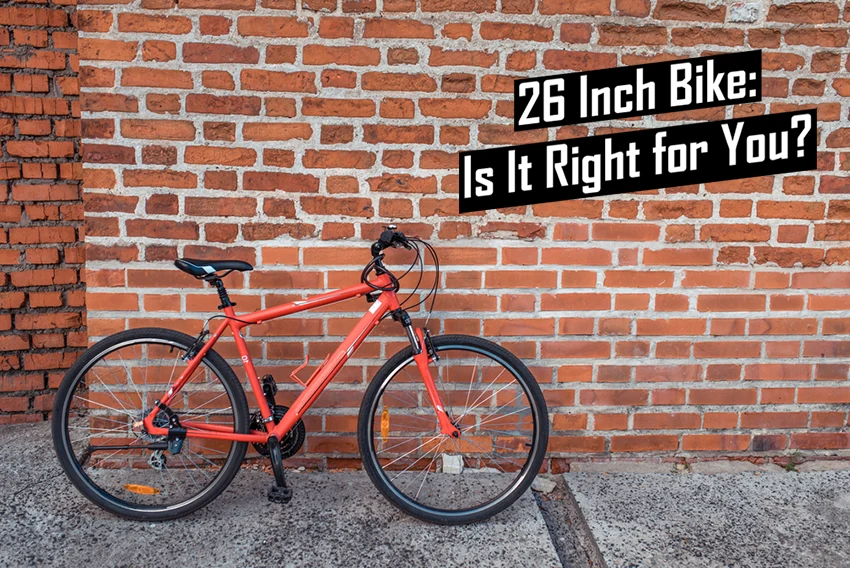
Have you ever wondered who 26-inch bikes are meant for or what the measurement ’26 inches’ refers to?
In short, 26-inch bikes have wheels measuring 26 inches in diameter and fit riders roughly between 4’8″ and 5’3″ tall. Occasionally, new or inexperienced cyclists confuse this measurement with bike size, but wheel size typically doesn’t relate to sizing for adults’ bikes.
The correct approach to sizing a bike is to select the frame size that aligns with your body dimensions, irrespective of the wheel size.
Wheel size helps determine ride characteristics. In the past, 26″ wheels were the go-to choice for mountain bikes. However, the development of 27.5″ and 29″ wheels and their superior performance led to 26-inch wheels declining in popularity.
Today, the 26″ wheel is a mainstay of other bike styles. For example, 26″ wheels are the most popular choice for dirt jump bikes, electric and non-electric fat bikes, cruisers, and other e-bike models. It is also the largest wheel size used for kids’ bikes before they transition to adult frames.
In this article, we’ll discuss the characteristics of 26-inch bikes to see where they perform best. In addition, we’ll explain the importance of proper sizing and offer some tips for finding the correct size.
26-Inch Bike: For What Size Person?
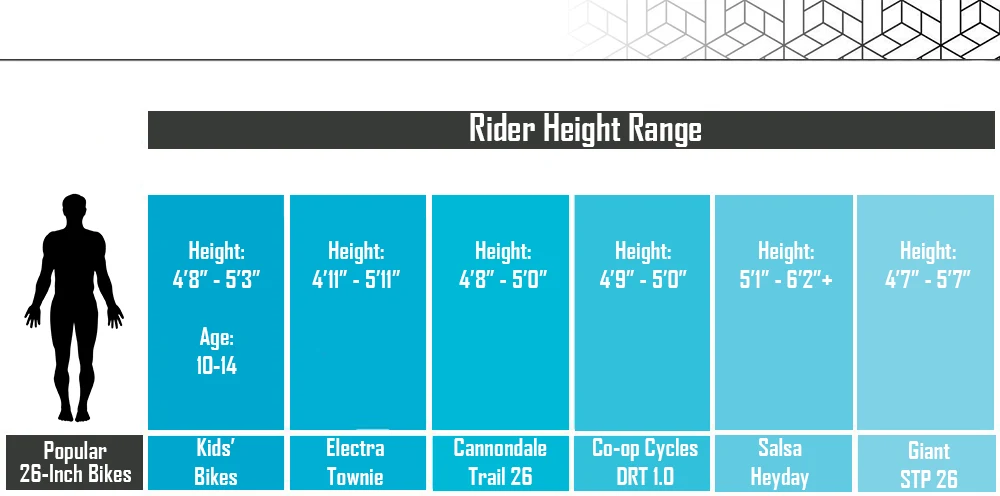
As you can see, 26-inch bikes fit different height ranges, depending on the type, manufacturer, and model.
When considering 26-inch bikes, many people wonder what size person they’re for, but this is the wrong question. Twenty-six inches refers to the wheel size, not the frame size. As we’ve discussed, wheel size is a key determinant in ride characteristics, but frame size is used for fitting.
The main exception to this rule is kids’ bikes, which match an age and height range with wheel size. A 26″ bike for kids’ typically corresponds to ages 10 to 14 and heights roughly between 4’8″ and 5’3″. It’s important to ensure inseam length matches, too.
Again, frame size is the most important factor to consider when sizing a bike. A 26″ bike for adults will have one or multiple frame sizes and a height range for each frame size. Then, each individual can consider their height and inseam (and even torso and arm length) to choose the correct one.
Two people of the same height will often need different sizes due to differing limb lengths.
Height and Inseam Range for 26-inch Bikes
Height and inseam length are the two most important measurements to know when choosing a frame size.
26-inch bikes for adults may be one-size-fits-all or broken into multiple frame sizes, such as Small, Medium, and Large. Choose the frame size that corresponds with your height (step-through frames usually fit smaller riders). If you fall between sizes, try to test-ride both.
A lot of manufacturers don’t provide an inseam range, but if it’s available, it’s typically more accurate than height for choosing a frame, especially if you know your inseam doesn’t correspond to the average range for your height.
Thankfully, most bikes are highly adjustable and allow the owner to modify reach, stack, saddle position, and more cost-free or at a low price, but it’s always favorable to test-ride a bike before purchase.
Are 26-inch Wheels Too Small for Adults?
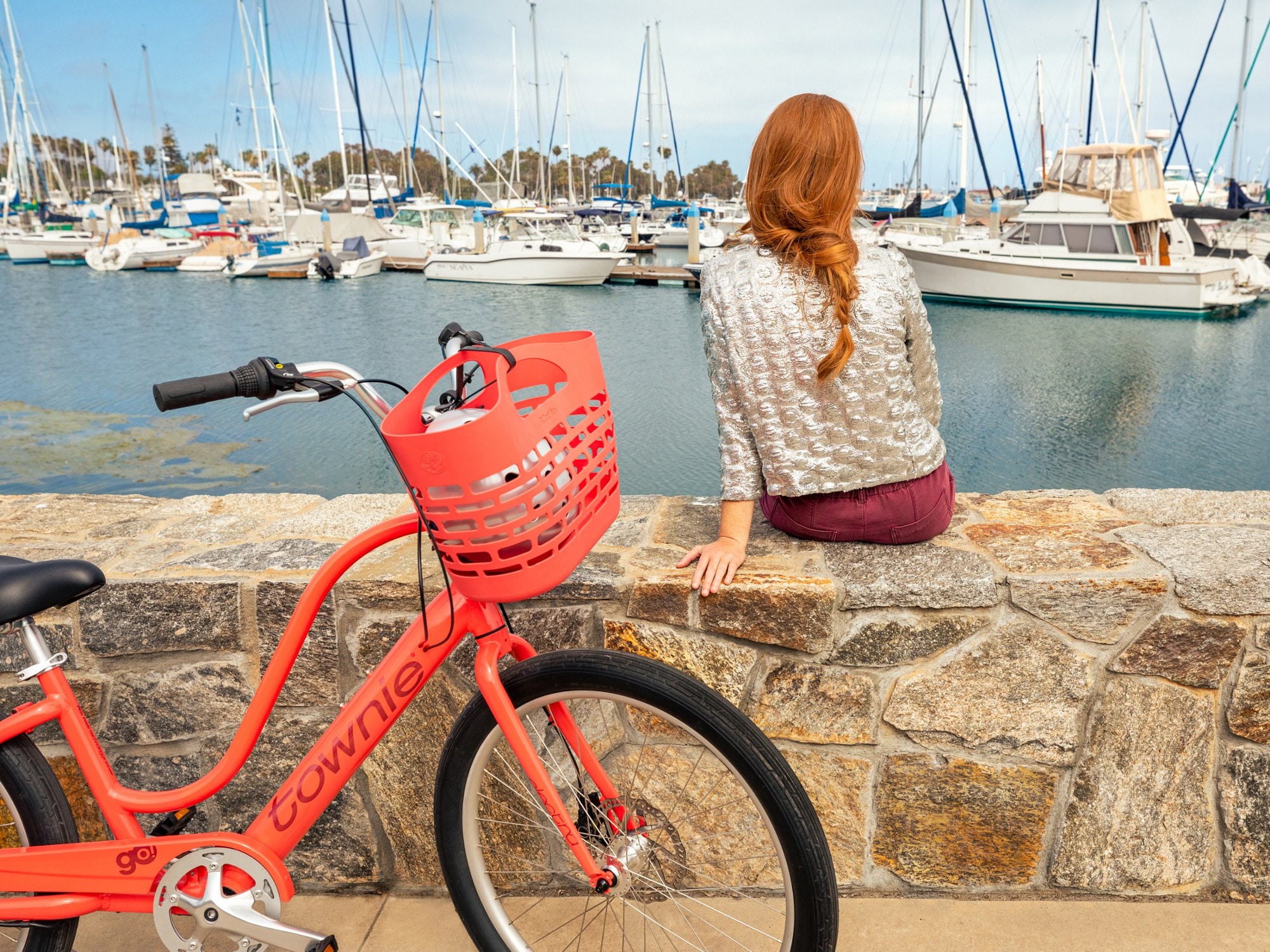
Adults’ cruiser bikes, like the Electra Townie above, often come with 26-inch wheels.
As we’ve seen, 26-inch wheels are perfectly adequate for certain adults’ bikes. Many manufacturers opt for 26″ wheels for their e-bikes, as well as dirt jumpers and some cargo and cruiser models.
The mix of strength, maneuverability, and rolling speed means they’re suitable for non-performance disciplines. In fact, 20″, 22″, and bikes with 24″ wheels are even more common in cargo and folding categories. Given that, we can state that small wheels (26 inches and lower) are suitable for adults.
In mountain biking, some manufacturers use progressive wheel sizing to deliver a more consistent ride quality across frame sizes—an XL frame with 26″ wheels will perform differently from an XS frame with the same wheels.
A smaller wheel lowers standover height, modifies geometry angles, and is lighter and easier to maneuver for smaller riders. For example, Co-op Cycles’ DRT 1.0 has 26″ wheels on the XXS frame size. Likewise, Cannondale uses 27.5″ wheels on the small-frame 29ers.
Again, it’s worth reiterating that the most important factors determining fit are the manufacturer’s intended height and inseam ranges.
Can Women Ride 26-Inch Bikes?
Women can ride 26-inch bikes. However, finding a suitable adult-sized bike frame can be a hurdle for women under five feet. In such cases, 26-inch bicycles intended for teens may be worth considering, as they align better with this height range (4’8″ to 5’3″). Unfortunately, many 26″ electric bikes come in one size, which may not fit short women or tall men.
- Related: Best Women’s Bikes You Can Get
Using 26-inch wheels or a step-through top tube on an adult frame allows manufacturers to lower the standover height, making them accessible to shorter riders.
Characteristics of 26-Inch Bikes
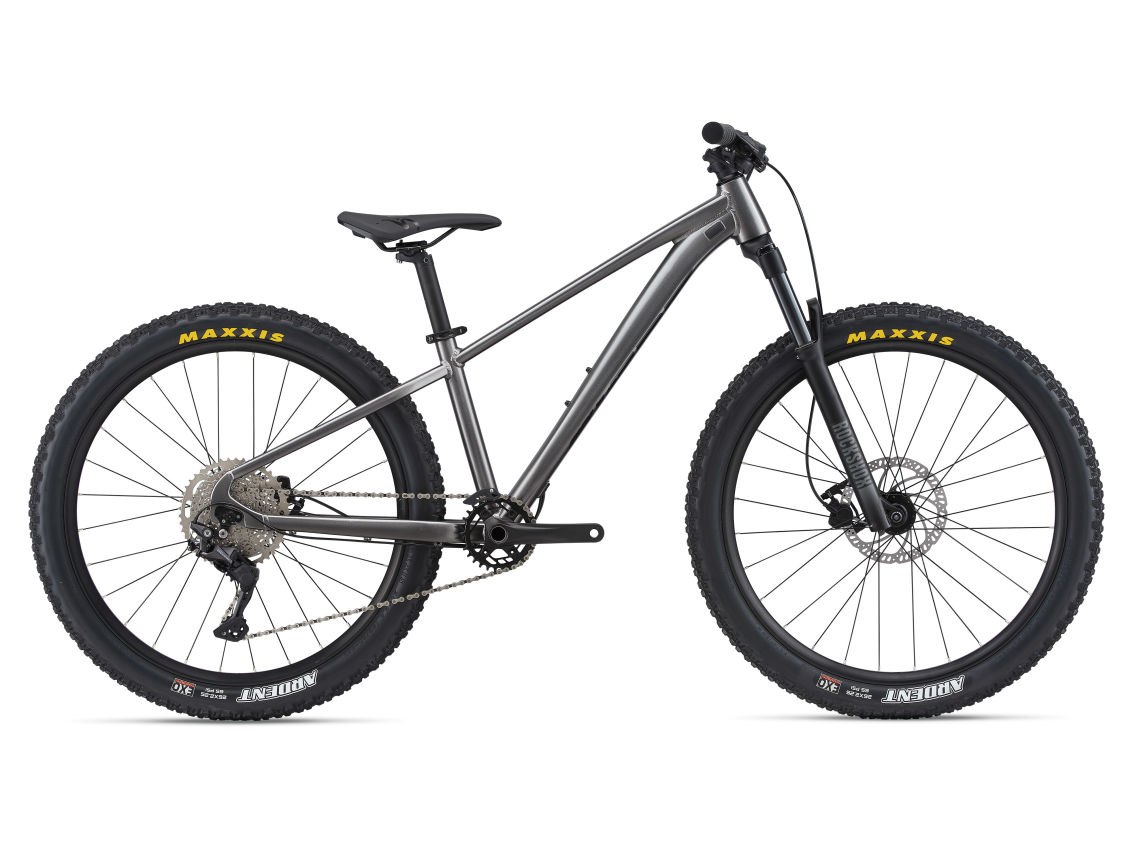
Different types of bikes are available with 26-inch wheels, including cruiser, mountain, and city, which makes it impossible to size them based on the wheel diameter. (Source: giant-bicycles.com)
As mentioned, the term “26-inch bike” refers to wheel diameter, not frame size. Frame size is usually represented as a standard size like XS or M or a centimeter size like 52cm or 57cm. Some mountain bike brands also use inches, but this is increasingly uncommon.
The one area where wheel diameter plays a role in sizing is for kids’ bike sizes, which range from 12″ to 26″, referring to the wheel diameter. Each size corresponds with an age, height, and inseam range unique to the manufacturer or model, although relatively consistent across the industry.
Benefits of Riding a 26-Inch Bike: How Wheel Diameter Affects Your Ride
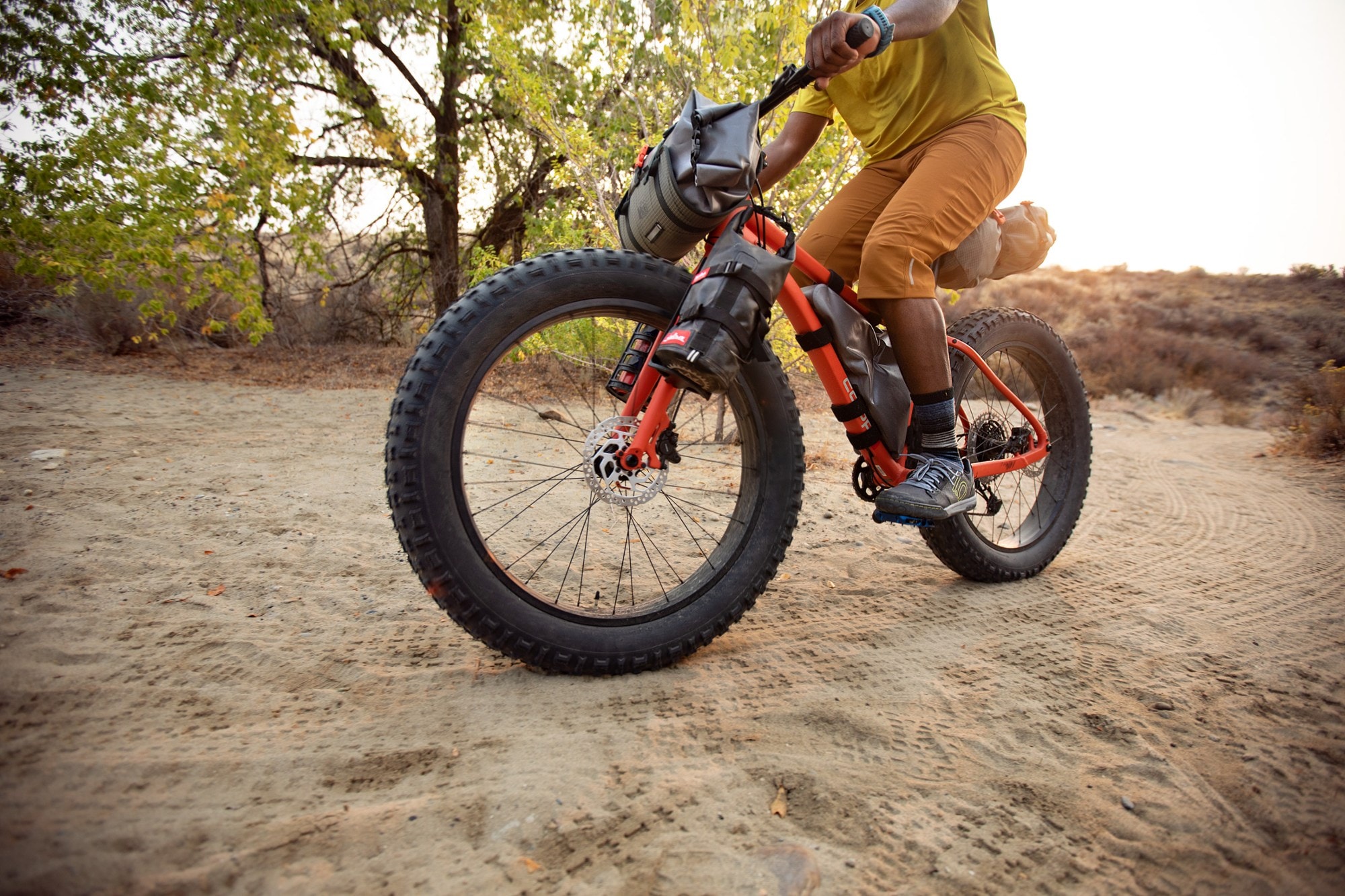
Fat tire bikes, such as the Co-op Cycles DRT 4.1 above, often come with 26-inch wheels.
Wheel diameter is a key consideration in bike design. The intended wheel size directly impacts how manufacturers develop the frame and geometry.
Wheel sizes are chosen based on their unique blend of characteristics that influence geometry, handling, comfort, traction, speed, weight, and strength.
Each wheel size has trade-offs; advantages gained in one area are disadvantages in another. The bike style helps determine the most important characteristics and, therefore, which wheel size is best. The benefits of riding a 26-inch bike compared to a bike with larger wheels are increased agility and strength, faster acceleration, and lower weight.
To illustrate, the key characteristics for cross-country mountain biking are speed and traction, so 29″ wheels are the go-to. In contrast, cargo bikes require strong, maneuverable wheels and a low center of gravity for stability, meaning 20 to 24″ wheels are favored.
-
Agility
Wheel size directly impacts how maneuverable a bike is. The larger the wheel, the longer the turning radius and the harder it is to navigate tight, technical terrain or swing around switchbacks when riding off-road. Smaller wheels also contribute to a ‘lively’ ride quality, which many experienced mountain bikers enjoy.
-
Acceleration
The smaller the wheel, the faster it accelerates. This is because there is less weight, a shorter radius from the center of rotation, and, therefore, a lower moment of inertia. However, this is a relatively minor percentage of the effort needed to accelerate.
-
Stability and Traction
The larger a wheel is, the more of the tire that’s in contact with the ground, increasing traction and control. To compensate for this, bikes with small wheels typically have wider rims and wider tires, but this adds weight and reduces maneuverability. A bike with smaller wheels has a lower center of gravity, which increases stability, a useful characteristic for carrying cargo.
-
Strength
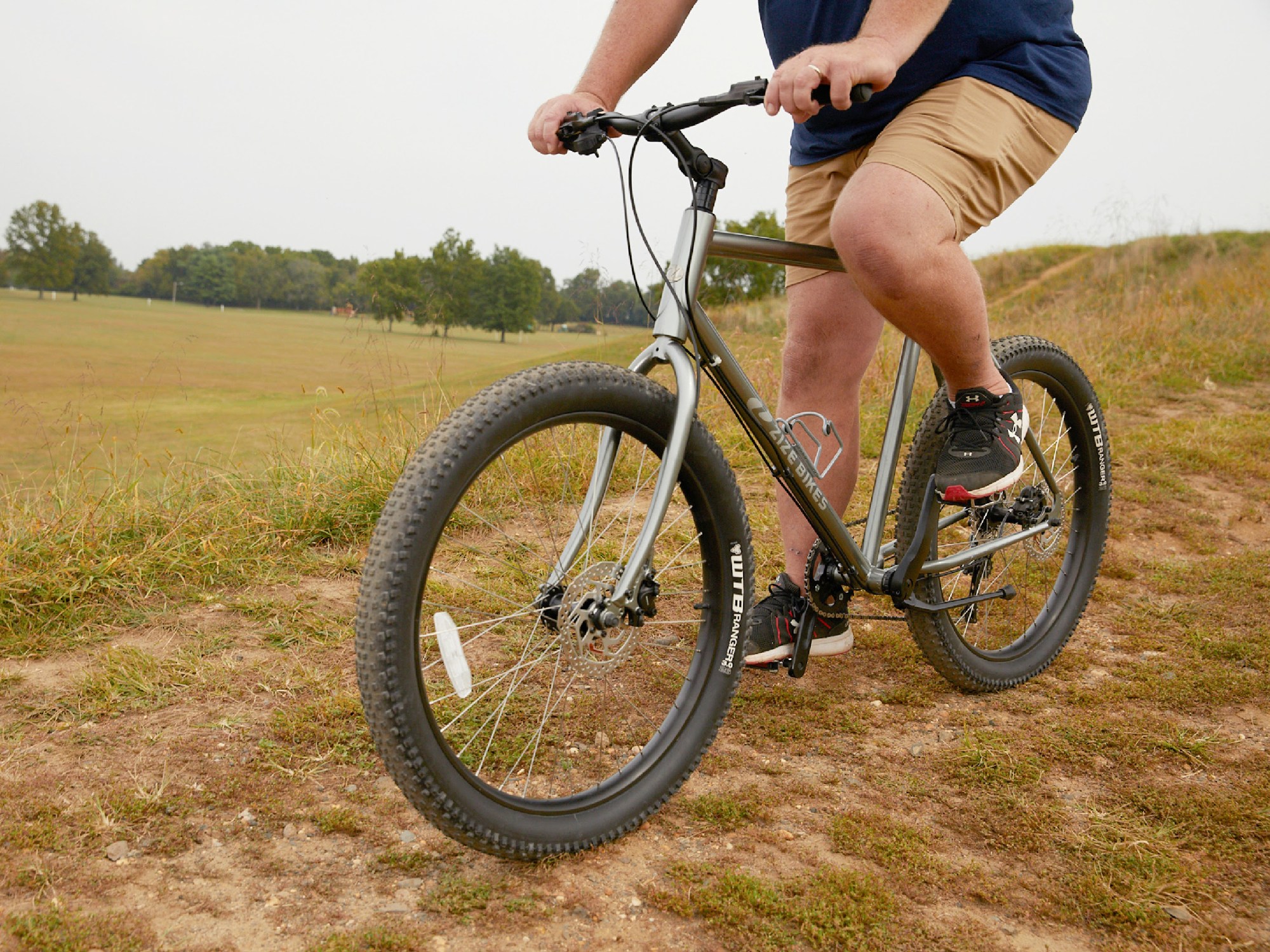
Zize makes bikes for plus-size riders with 26-inch wheels because of their strength benefits compared to larger wheel sizes.
The smaller and more compact the rim, the more weight it can support. This is because the forces acting on the spokes increase the longer each component is, so they’re more easily deformed. Additionally, the spokes are closer together on smaller wheels, assuming the same spoke count. This increased strength allows for higher payload capacities, an important feature of cargo bikes.
-
Speed
Big wheels hold momentum better, meaning they roll faster and maintain speed on uneven terrain. This is the main reason 26-inch bikes fell out of favor in mountain biking; 27.5″ and 29″ wheels are faster.
-
Weight
The larger a wheel, the more material it has, and the higher the weight. Longer spokes, bigger tires, and wider hubs all contribute to higher weight. However, advancements in materials mean you can find very lightweight and strong 29″ wheels.
-
Frame Sizing
Women and teenagers will typically find bikes with smaller wheels a better fit. For this reason, many MTB brands use progressive wheel sizing, putting smaller wheels on the smaller frames. Smaller-diameter wheels lower the standover height and are more maneuverable for shorter riders.
What’s the Difference Between a 26-Inch Bike and a 29er?
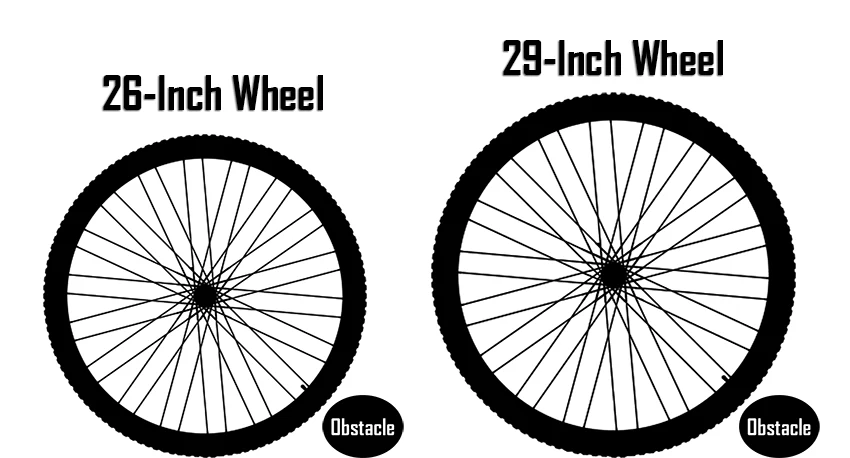
As you can see in the diagram above, a 29-inch wheel would roll over the same-size obstacle much more easily than a 26-inch wheel.
A ’29er’ is a bike with 29-inch wheels. This is the most popular wheel size in mountain biking, as the strengths outweigh those of 26-inch wheels.
- Related: What Is a 29er Mountain Bike?
29ers are faster, more comfortable, and more stable, giving them a distinct performance advantage. The downside is they aren’t as maneuverable, and they’re heavier and weaker. However, investment into materials development over the past two decades means high-end 29-inch wheels are now very strong and lightweight.
Do People Still Ride 26-Inch Bikes?
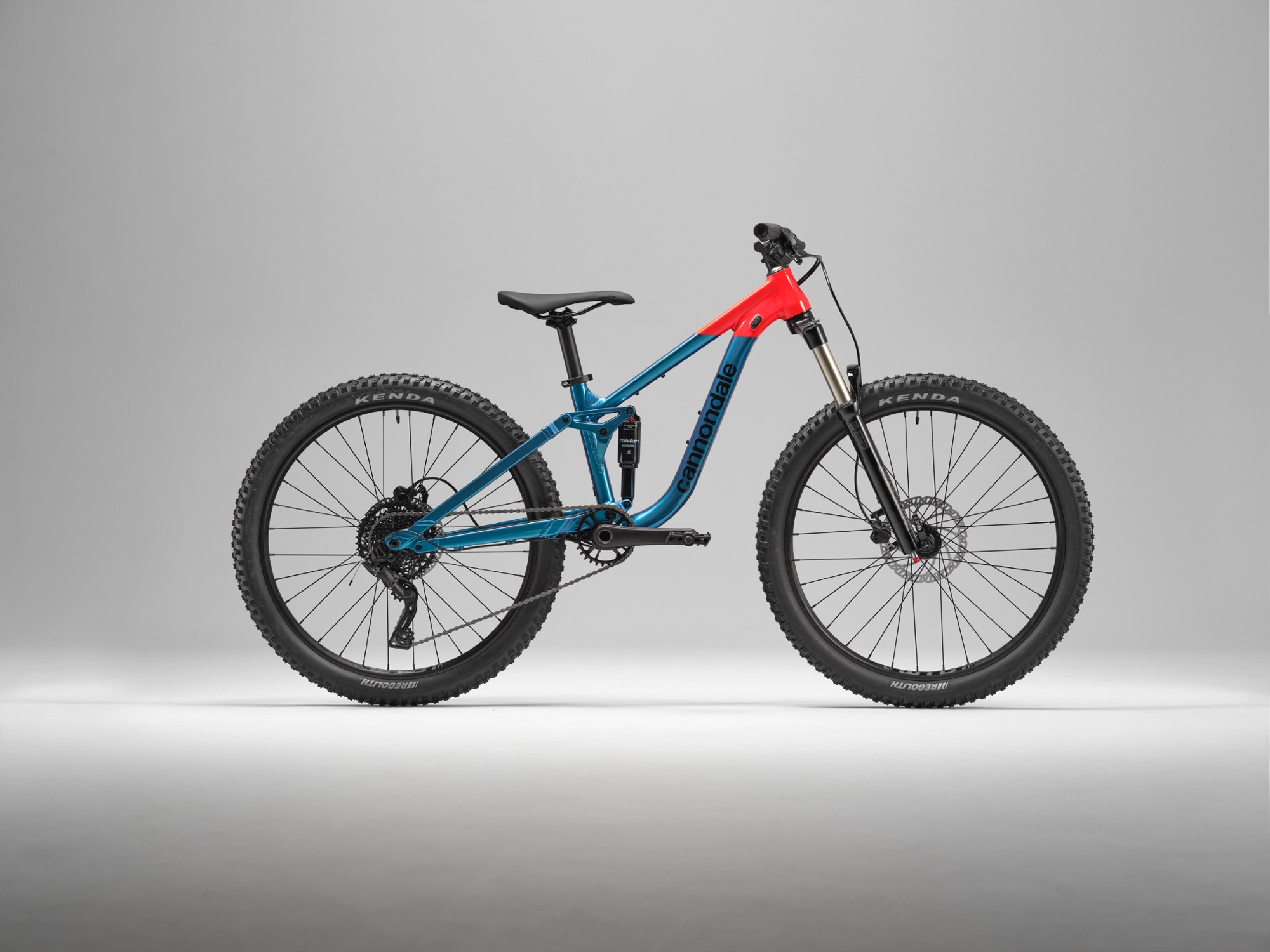
26-inch wheels are most common on kids’ bikes for older children, such as the Cannondale Habit 26 above, but are also found on some adult bikes.
Although not as common as they once were, 26-inch bikes are still popular within certain disciplines and bike styles, as well as for teenagers.
- Teen Bikes: 26-inch bikes are the largest size made for children. However, most manufacturers use 24″ as their largest kids’ size.
- Cruiser Bikes: Many cruiser-style bikes use 26-inch wheels. Wide-tire cruiser bikes benefit from the comfort, stability, and low standover height this size offers.
- Fat Bikes: The majority of fat-tire bikes have 26″ wheels with wide rims to maximize the contact patch with the ground. These wheels are also stronger and can support more weight.
- Cargo Bikes: Again, the increased strength of smaller wheels makes them ideal for heavy-duty cargo bikes with high payload capacities. Some models use this size, but most use 20 to 24-inch wheels.
- Dirt-Jump Bikes: 26″ wheels hit the sweet spot between strength, traction, and maneuverability for dirt jumping.
- Bikepacking/Touring Bikes: Some people still favor 26″ bikes for touring or bikepacking for extra durability and wider tires.
Weight Limit for 26-Inch Bikes

Zize bikes are intended for plus-size riders who weigh up to 550 pounds.
The weight capacity of a bike depends on factors like construction materials, frame design, and wheel size. Due to their strength, smaller wheels are used for bikes with high payload capacities.
For example, cargo bikes and fat-tire e-bikes typically have smaller wheels (20″ to 26″) and reinforced frames that can handle more weight than standard hybrids. Some cargo or plus-size bikes for heavy riders can support up to 550 lb.
Likewise, bikes constructed from high-grade Chromoly steel usually support more weight than those made from inexpensive steel or aluminum. Elements like rim and tire width, spoke count and gauge number, and suspension capacity also impact a bike’s weight limit.
Kids’ bikes with 26″ wheels will naturally have lower weight capacities. To determine the weight limit of a specific bike, refer to the manufacturer’s specifications. The listed weight limit typically includes the weight of the rider and any cargo or equipment unless otherwise specified.
How to Choose the Correct Bike Size

Choosing the correct bike size is key for comfort, control, and performance. Here are some steps you can follow to help you make the right choice.
- Start by measuring your height and inseam. These measurements will guide you in selecting the correct frame size.
- Choose the style of bike that matches your needs and experience level. For example, a casual cyclist might find an endurance-style road bike more comfortable than an aggressive aero road bike. An individual with limited mobility might appreciate the upright position of a cruiser bike.
- Then, once you’ve narrowed down the style and some models that suit your needs, refer to the manufacturer’s sizing charts on the product web page. These charts provide height ranges for each frame size. Some also suggest inseam ranges. Make sure you’re referring to the correct release year, as geometry can change from year to year.
- If you have the opportunity to test ride the bike at a local shop, test-ride center, or distributor like REI, this will give you a good idea of whether or not the bike fits.
- When you test a bike in person, ensure you can stand over the top tube with one to two inches of clearance for road bikes and two to three for hybrids and mountain bikes.
- If you have a chance to test a bike, get a feel for the reach. If you’re stretching a lot to reach the bars, you’ll likely need a smaller size or to change the stem or slide the seat forward. The opposite is true if you’re bunched while seated on the bike.
- Once you’ve purchased a bike, particularly a road, gravel, or mountain bike, you may benefit from a professional bike fitting. While not necessary for urban-style bikes, it will enhance comfort and efficiency for performance-style bikes.
Why Correct Sizing Is Important

Choosing the correct size bike frame size is crucial for confidence, comfort, stability, and injury prevention.
Choosing the right bike size is vital for comfort, performance, control, and general ride quality. Many beginners make the mistake of riding the incorrect size, often purchased second-hand. This can cause injury and impact the safety of the bike.
- Injury Prevention: A well-fitted bike reduces the risk of back, neck, wrist, and knee pain as pressure is evenly distributed and the geometry is matched to your body shape, flexibility, and preference.
- Comfort: The correct size feels natural to ride and minimizes discomfort. As mentioned above, being bunched up or overextended is uncomfortable and causes pressure build-up that can lead to injuries over time.
- Power and Performance: With a correctly sized bike, you can produce more power and decrease time to fatigue by using all the appropriate muscle groups. This means you can ride faster and for longer.
- Control: A bike that fits is easier to control and handle, making your ride safer and more enjoyable. A bike that’s too big will be unwieldy, whereas one that’s too small might feel twitchy and unstable.
The type of bike (road, mountain, hybrid), brand, and specific model family will also impact which size you choose. If you’re unsure, refer to the manufacturer’s sizing chart or consult a professional fitter or trusted bike shop employee.
Frequently Asked Questions
We’ve gathered the following questions from the most frequent search terms relating to 26-inch bikes. However, it’s worth noting that some of these questions reflect the confusion some people have about using wheel size instead of frame size for bike sizing.
What height is a 26-inch bike for?
What age is a 26-inch bike for?
What is a 26-size bicycle?
What's a good bike size for my height?
Is a 26-inch bike too small?
Concluding Thoughts About 26-Inch Bikes
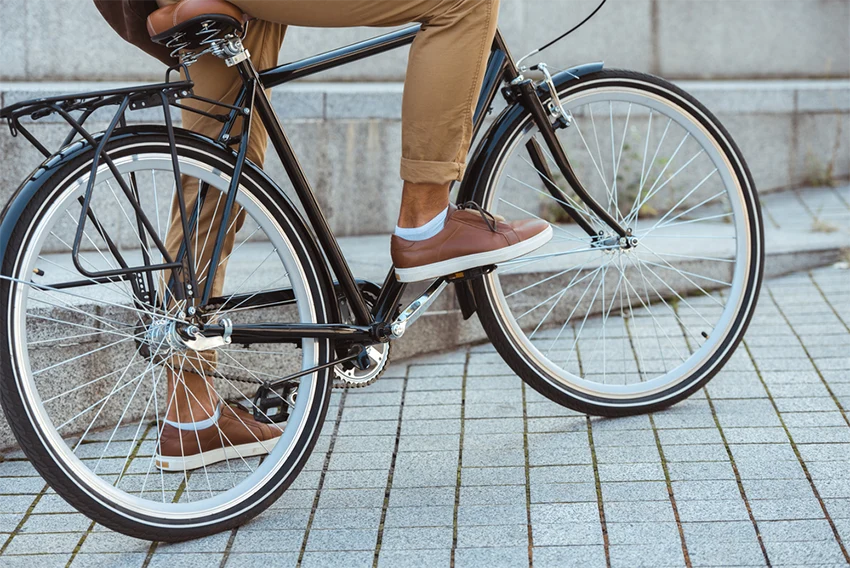
The term ’26-inch bike’ refers to the wheel diameter. This versatile wheel size is suitable for a range of cycling styles and riders. While 26-inch bikes are less common than they once were and have fallen out of favor in modern mountain biking, they still hold a significant place in the biking world, especially for electric bikes.
Their blend of agility, strength, and stability also makes 26-inch wheels suitable for disciplines like dirt jumping, fat biking, and cargo biking. Additionally, they are the go-to size for children aged 10 to 14 or between 4’8″ and 5’3″.
Remember, however, that wheel size doesn’t equate to bike size. Proper bike sizing relies on matching the frame size to your body dimensions. This ensures a comfortable, efficient, and controlled ride regardless of the wheel size used.

